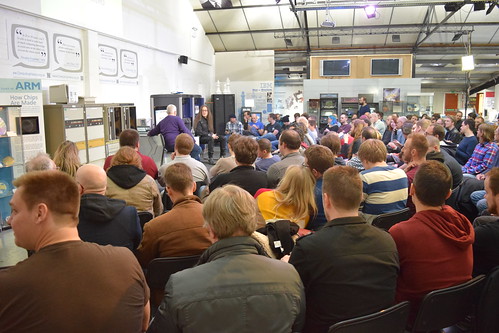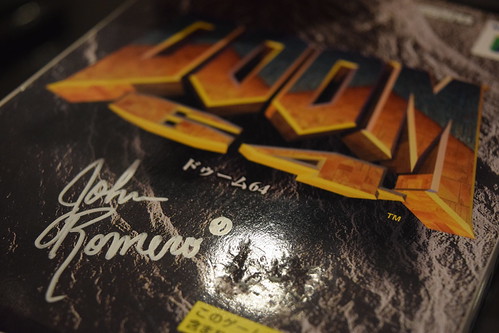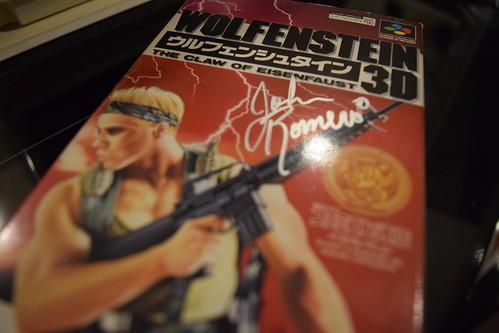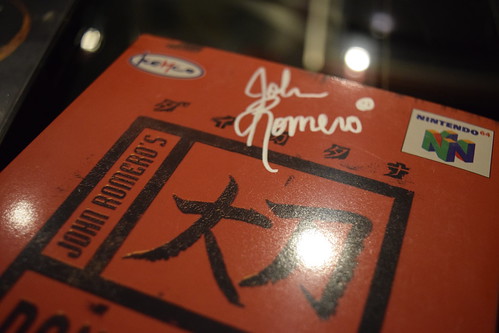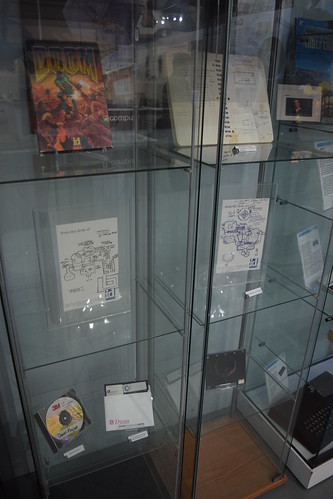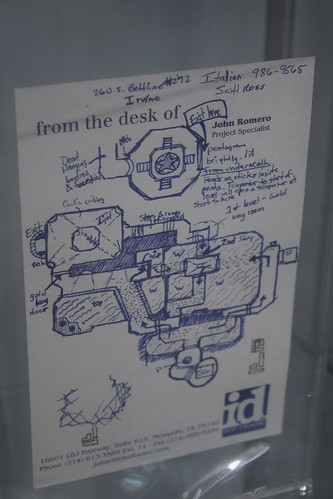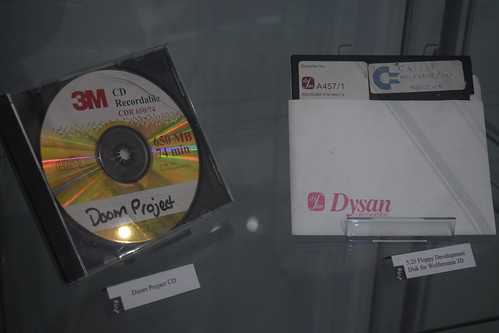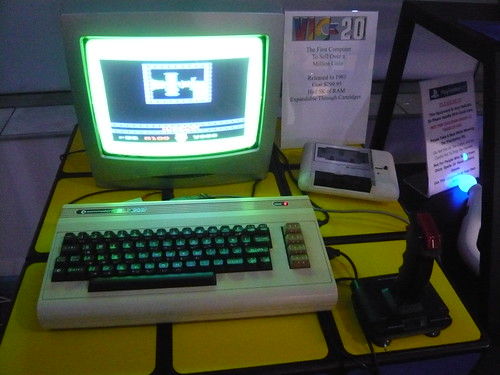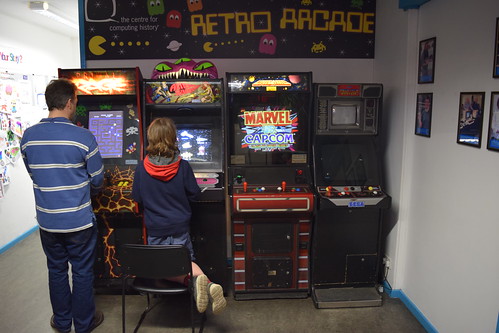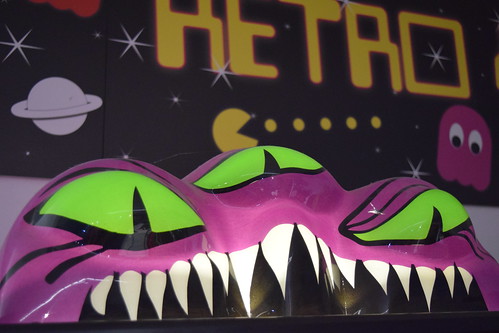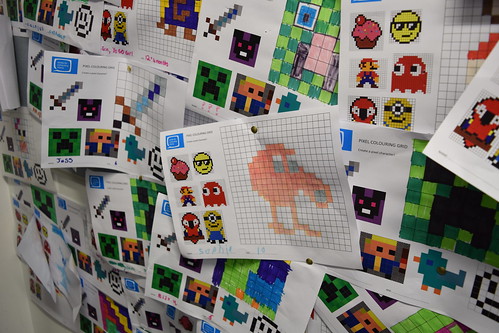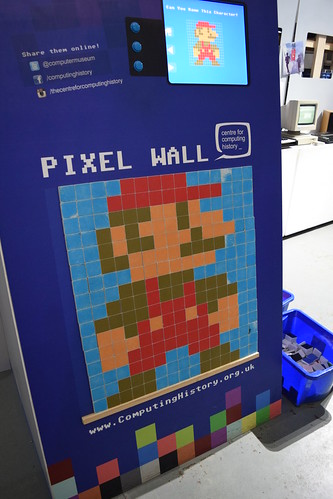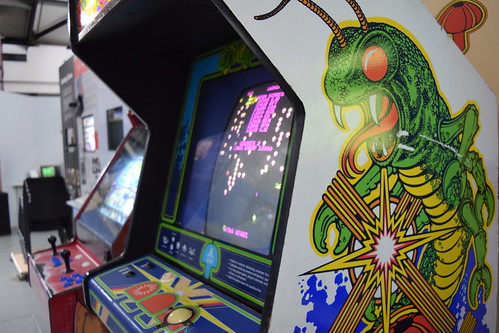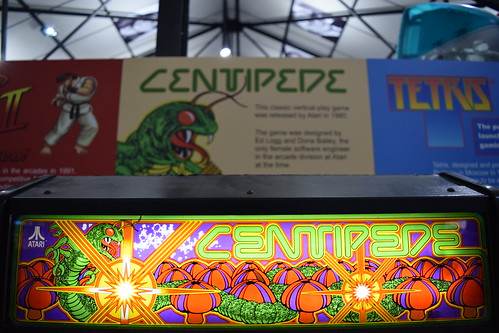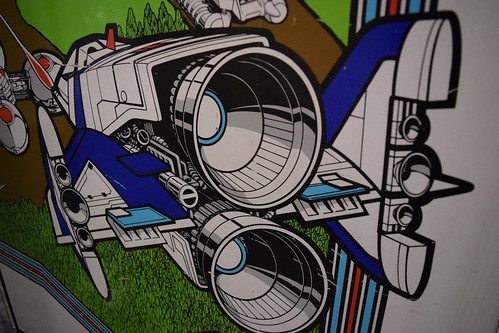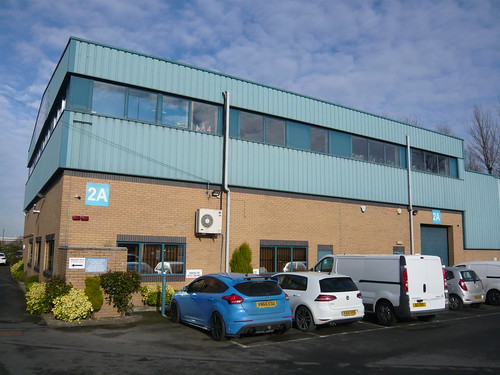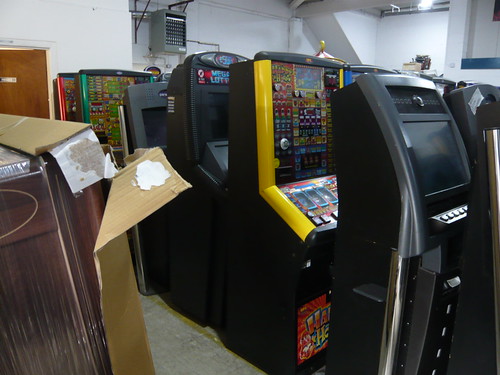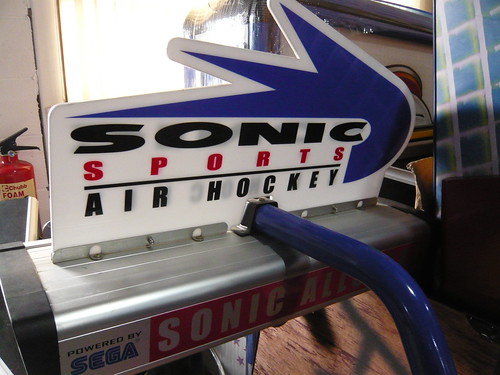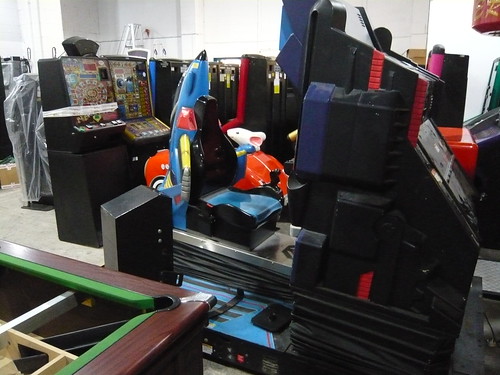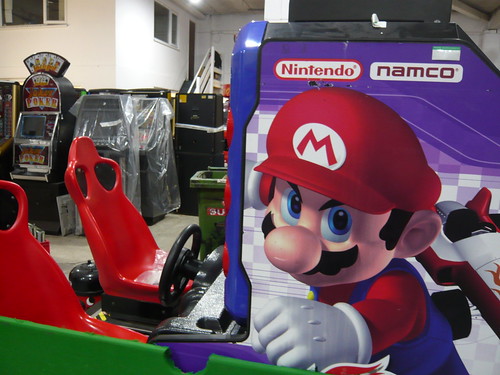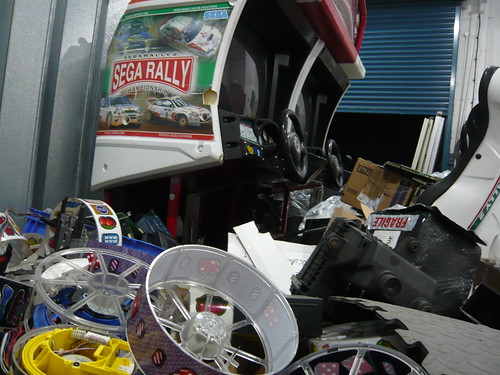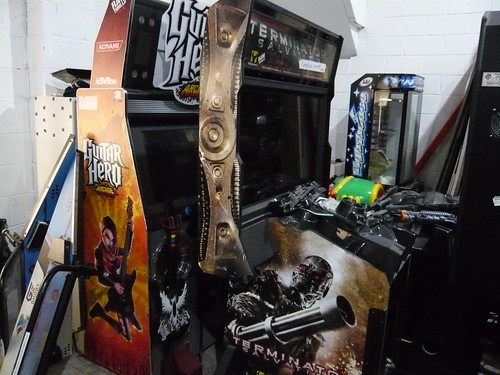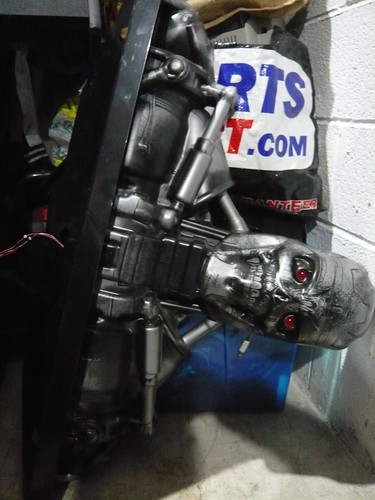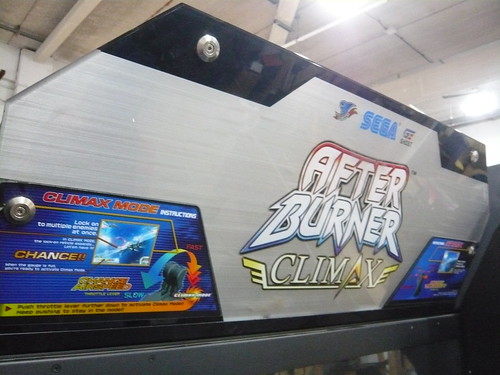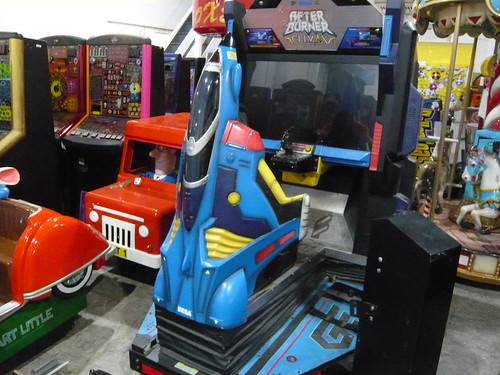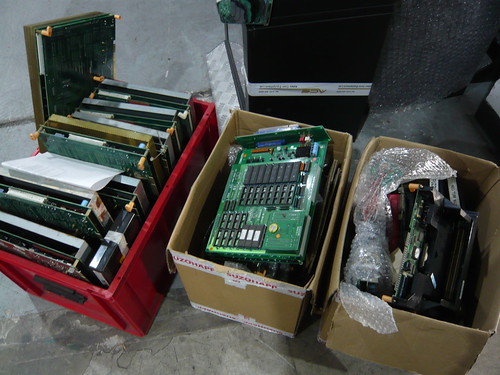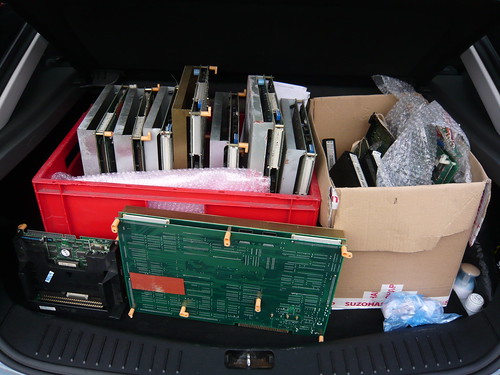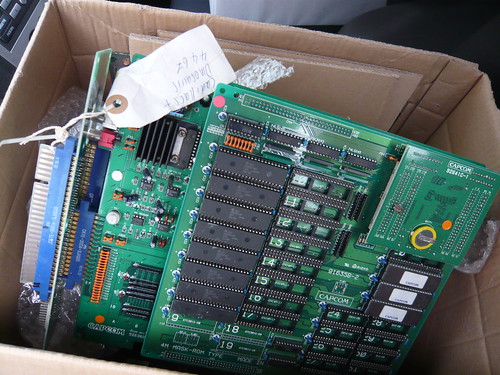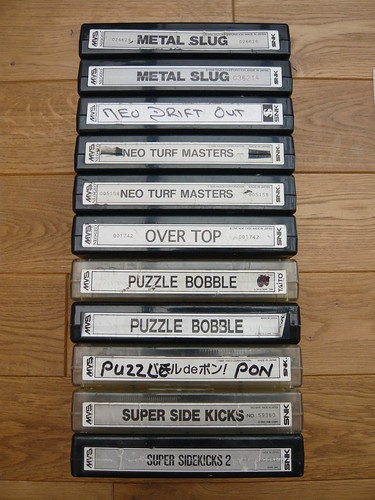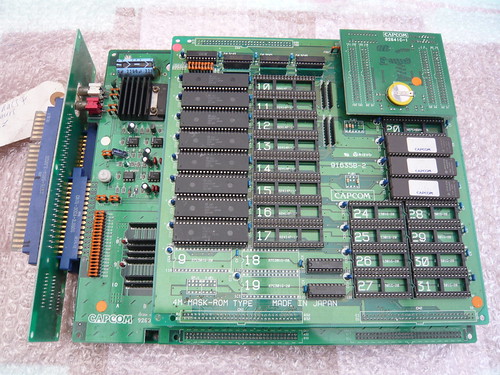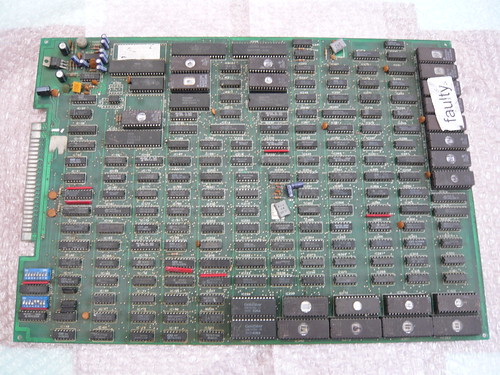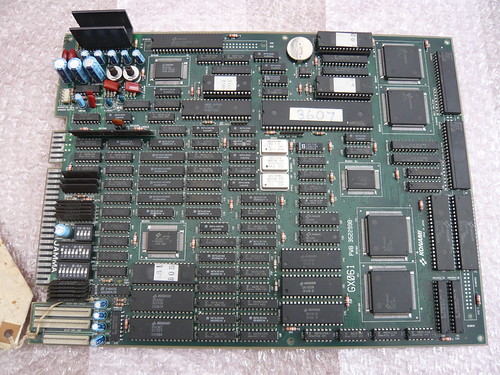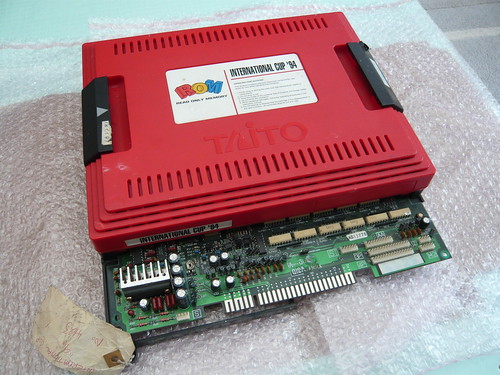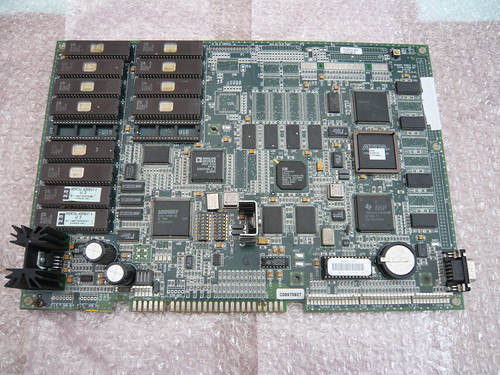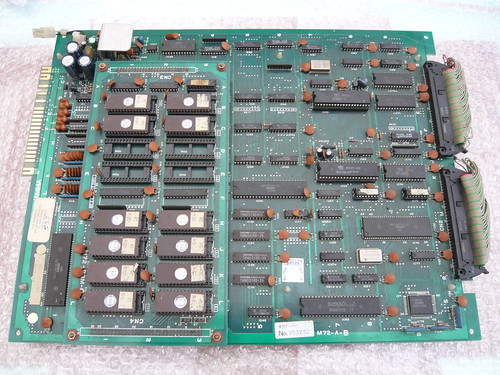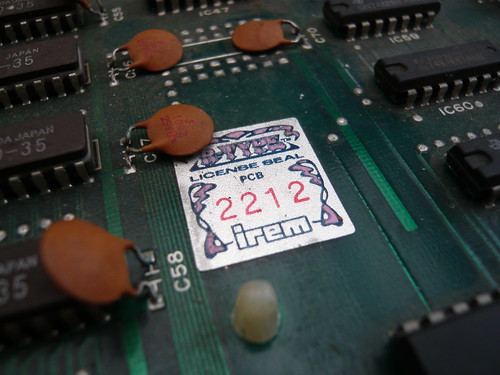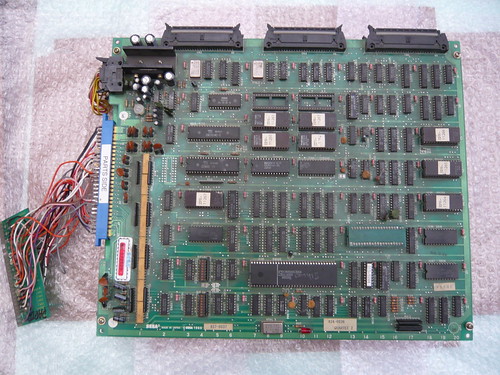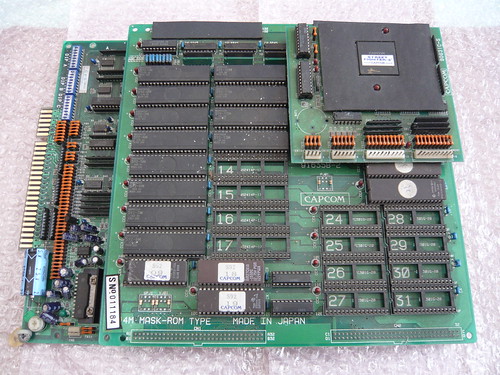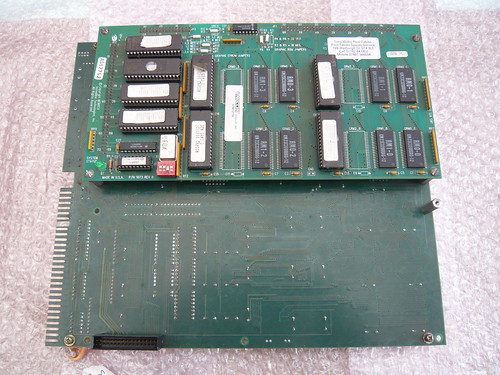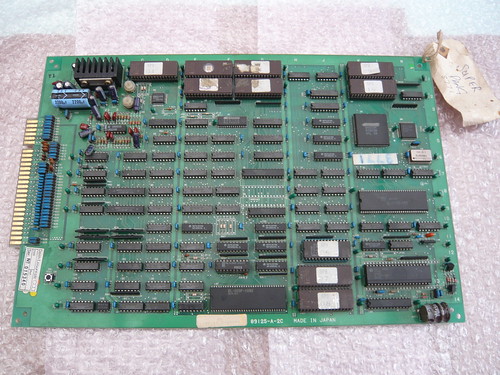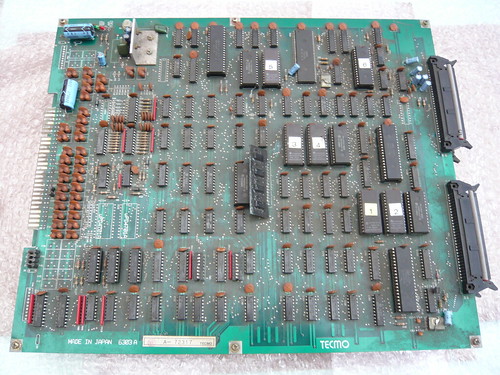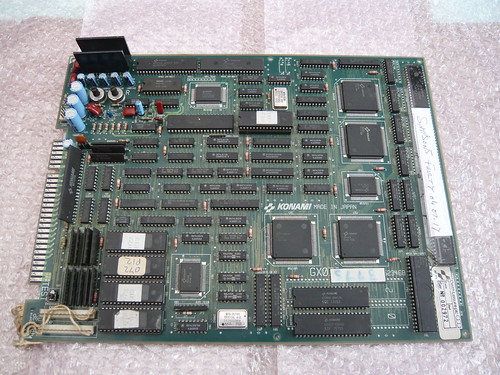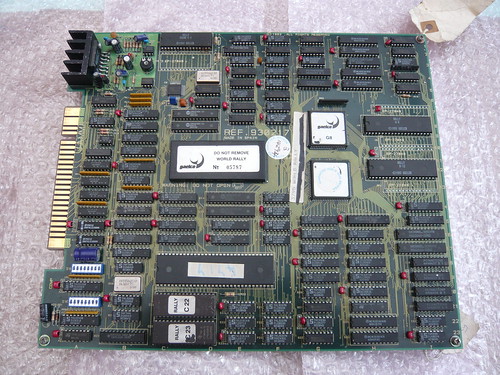John Romero was a
really nice guy and I even managed to get a couple of my games signed.
Out of these
items, I was most pleased about getting my Doom 64 signed. Taking place after Final Doom, Doom 64 was
one of the first games I bought for my Nintendo 64 and I absolutely love this
version. The game was developed by
Midway Games, with id Software supervising the project. John’s wife, Brenda, seemed particularly
impressed with my Japanese copy, saying that it’s a version missing from their
collection.
I must admit I
felt a little star struck and was slightly nervous about asking him to sign my
Japanese N64 Daikatana given its infamously poor reception after all the
hype. Despite the bad press, the game
was extremely ambitious for its time, featuring four distinct time zones, a
wide variety of weapons and AI-controlled sidekicks, and is without doubt a fascinating
piece of gaming history.
I was surprised
when John told me the Game Boy Color had a pretty good version of Daikatana. I never knew this existed and thought he was
joking. It turns out this version is a
Legend of Zelda like top-down action-adventure game, with dungeons, puzzles and
boss battles, along with a text based story.
The game was only published in Europe,
and is definitely one I’m going to look out for.
It was interesting
to hear John reflect on Daikatana and its troubled development. However the game is not without merit, with
John commenting that even now the AI developed for the sidekicks is still some
of the most advanced out there.
It was also cool
to listen to John talk about Gunman Taco Truck, a game designed by a then nine
year old Donovan Brathwaite-Romero and co-developed by him with Brenda and John. The game is as mad as it sounds, with the
player blasting their way across a mutant-infested United States in a heavily armored
and weaponised taco truck, selling tacos with mutant-based fillings to survivors.
Some cool
artefacts on display.

Development
notebook contains John’s early notes for games.
Hand drawn map of
Quake.
Doom Project CD
and 5.25 floppy development disk for Wolfenstein 3D.
Doom on the
Commodore VIC-20? Why not!
The beers provided
by Lord Conrad’s Brewery and the slice of pizza from 400° Pizzeria went down well!
A video of the
event can be seen here.
During the day we spent
a couple of hours at the museum, exploring the history of computers, and
playing on various computers, consoles and arcade machines.
Highlights include
the Pixel Wall, some pretty competitive games of Pong with my wife and five
year old daughter, and a few credits on Centipede, Tempest and Xevious.
It was the first
time I had seen a Xevious cab. I love
the design and cool artwork.
Following the 1983
videogame crash, 728,000 unsold games including E.T. were buried in a landfill
site in Alamogordo, New Mexico, marking the symbolic end of Atari
as a video game industry giant. Here are
actual games excavated from the landfill site in April 2014, very cool!
We had a great day
at the museum and I would highly recommend a visit. A massive thanks to John Romero and the
Centre for Computer History for hosting the event. It’s well worth keeping an eye on their
website for upcoming events.

